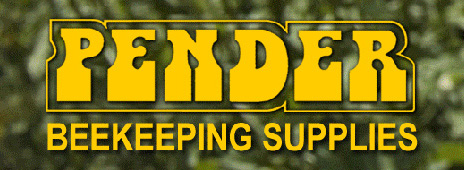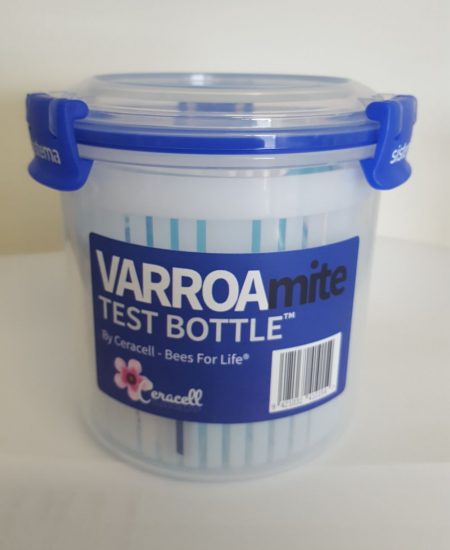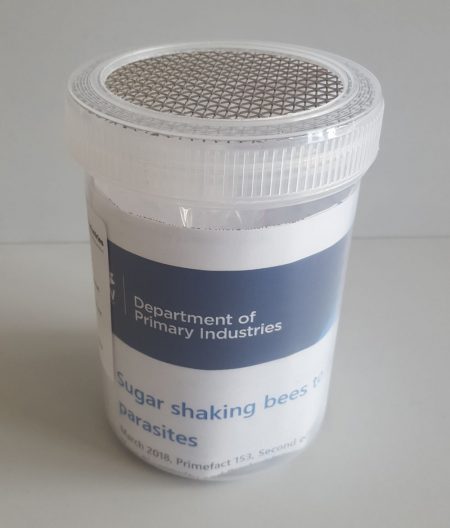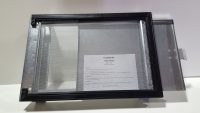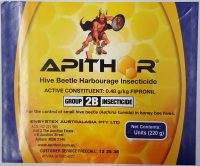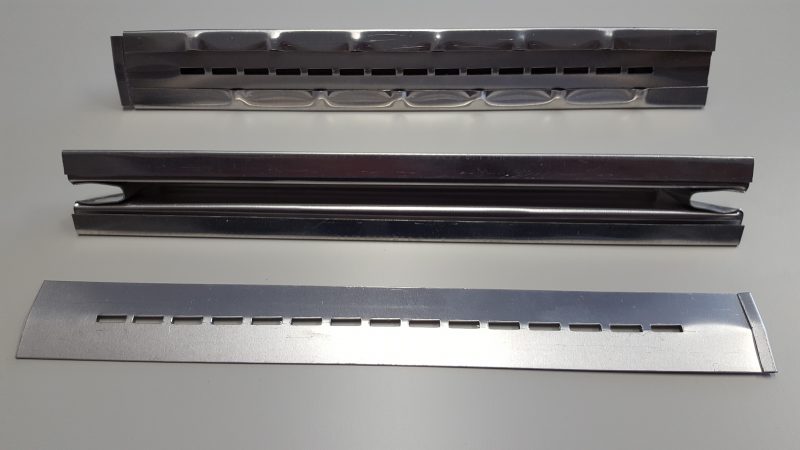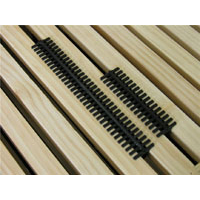Pest and Diseases Controls and Treatments
-
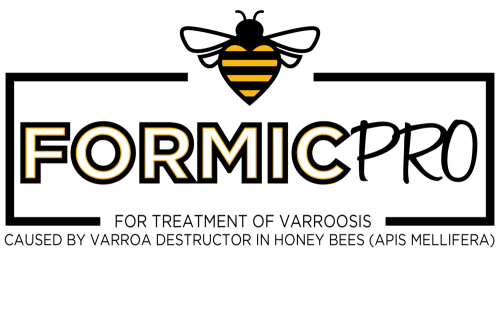 Effective varroa control: Formic Pro has been shown to be highly effective in reducing varroa mite populations. Easy to use: The gel pads are simple to apply, and the treatment is relatively low maintenance. Low toxicity: Formic acid is naturally occurring compound that is relatively safe for honey bees. Usage: Do not use above 30 deg cel
Effective varroa control: Formic Pro has been shown to be highly effective in reducing varroa mite populations. Easy to use: The gel pads are simple to apply, and the treatment is relatively low maintenance. Low toxicity: Formic acid is naturally occurring compound that is relatively safe for honey bees. Usage: Do not use above 30 deg cel -
Sale!
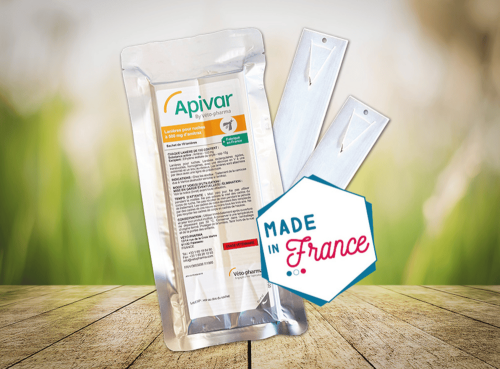
APIVAR
Ease of use
Applying Apivar is easy. Simply place 1 strip for 5 frames of bees (usually 2 strips per brood chamber). A single application corresponds to a full treatment.
Apivar can be used at any time of year (provided there is activity in the hive, as the treatment works by contact), and without temperature constraints.1 No need to monitor your thermometer and estimate temperature peaks throughout the treatment. That’s one stress less for you and your colonies.
-
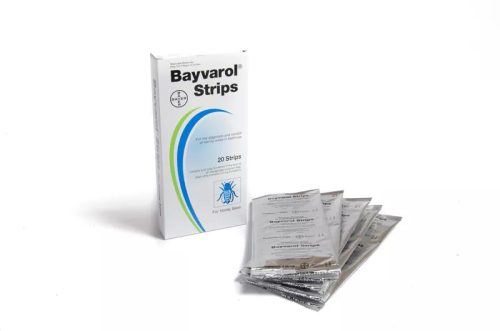 Bayvarol Strips
Bayvarol Strips- A sugar shake or alcohol wash needs to be done every 16 weeks, this will give you a mite count, treatment may be nesesary
- Easy and safe to use – simply inset between frames in brood box. For healthy strong colonies use 4 strips per brood chamber; in weaker or new colonies 2 strips per brood chamber is sufficient.
- Carefully follow instructions for Bayvarol Strips - Varroa treatment, on the packet to ensure you do not under-treat your hives. This is an important precaution to help avoid resistance building up in the varroa mite.
- Bayvarol Strips - Easy diagnosis and effective control of Varroa mites.
- The active ingredient is highly effective against mites but harmless to bees (one strip contains only 3.6mg of the active ingredient).
- The bees themselves rapidly distribute the active ingredient by physical contact.
- Convenient handling; single treatment is sufficient.
- Long-lasting effect ensures that even the mites hatching from the sealed brood after the start of the treatment are destroyed.
- Reinfesting mites are killed for the treatment duration of 8 weeks.
-
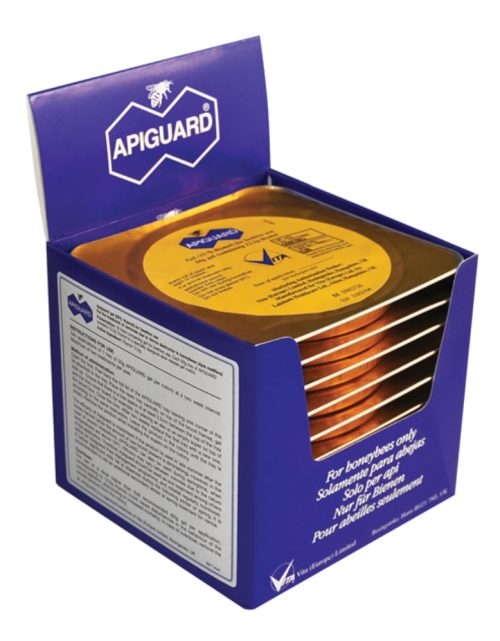
Apiguard® is a natural treatment to control varroa mite populations in honeybee colonies, Apiguard gel comes in 50g ready-to-use aluminium trays (two trays will treat one standard hive).
Apiguard is also available in 3kg tubs to treat 30 hives.
Tests show that Apiguard also helps to control chalkbroodHow Apiguard works
Once in place, vapour from the Apiguard gel is given off. Unlike some other formulations and raw crystals, the release from the gel works steadily and does not disturb the bees unduly. Worker bees climb into the Apiguard tray, remove the gel as a hive-cleaning behaviour and distribute it throughout the colony. The gel sticks to the bees’ body hairs and, as the bees move through the hive, particles are left throughout the hive. The worker eventually throws out the gel it is carrying, but the traces remain until they too are removed later.

